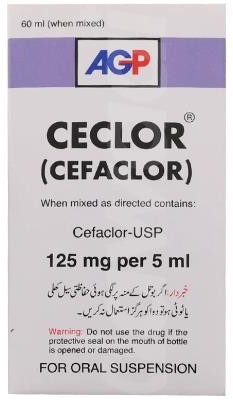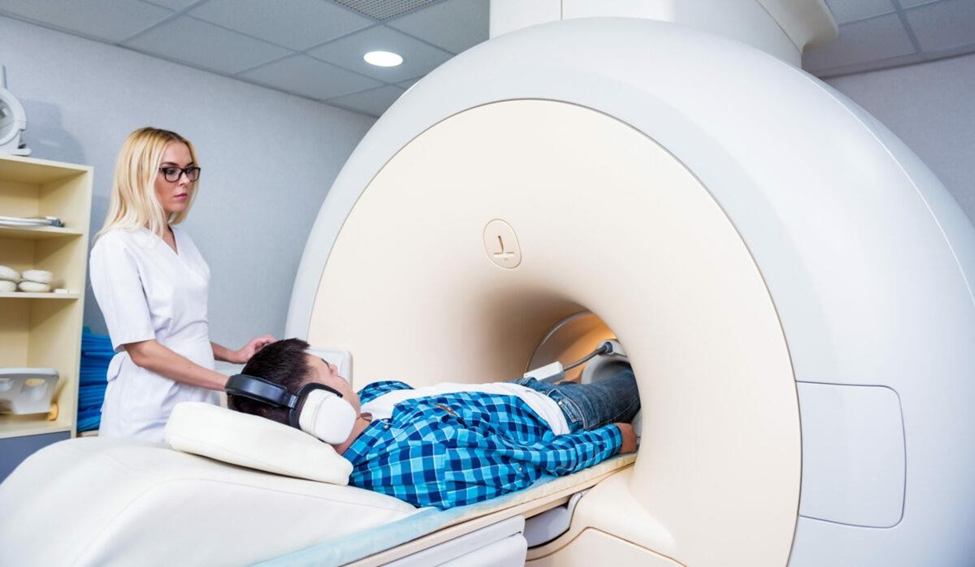Ceclor oral suspension 375 mg g. 8h, is ordered for a patient on discharge. The pharmacy gives the patient Ceclor 125 mg/5 ml oral suspension. How many teaspoons will the nurse instruct the patient to take per dose? Record numbers only.
The Correct Answer is ["3"]
Dose ordered / Dose available = Amount to give
Dose ordered = 375 mg, Dose available = 125 mg/5 ml, Amount to give = x ml
Plug in the values and solve for x: 375 / 125 = x / 5
Simplify and cross-multiply: 3 = x / 5, x = 15
The amount to give is 15 ml, which is equivalent to 3 teaspoons (1 teaspoon = 5 ml)
The nurse will instruct the patient to take 3 teaspoons per dose
Nursing Test Bank
Naxlex Comprehensive Predictor Exams
Related Questions
Correct Answer is D
Explanation
A. MRI scans can vary in duration and may take longer than 30 minutes, depending on the specific procedure and imaging requirements.
B. Movement can distort the images in an MRI scan, so it's crucial for the client to lie as still as possible during the procedure.
C. The contrast dye used in MRIs does not typically contain iodine and is not known to cause skin itching.
D. MRI scanners generate loud noises during operation, and patients are often provided with earplugs or headphones to minimize discomfort from the noise.

Correct Answer is B
Explanation
A. Offering the client an antiemetic doesn't address the issue of refusal of treatment.
B. In this situation, the nurse should notify the provider of the conflict between the client's refusal of treatment and the parent's insistence, allowing for further assessment and intervention.
C. Administering a sedative to calm the client is not appropriate without further assessment and consent.
D. Initiating an IV per the parent's request doesn't address the ethical and legal complexities involved in a competent minor's refusal of treatment.
Whether you are a student looking to ace your exams or a practicing nurse seeking to enhance your expertise , our nursing education contents will empower you with the confidence and competence to make a difference in the lives of patients and become a respected leader in the healthcare field.
Visit Naxlex, invest in your future and unlock endless possibilities with our unparalleled nursing education contents today
Report Wrong Answer on the Current Question
Do you disagree with the answer? If yes, what is your expected answer? Explain.
Kindly be descriptive with the issue you are facing.
